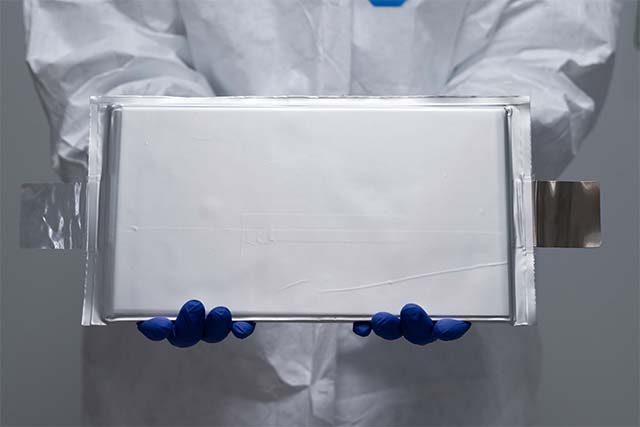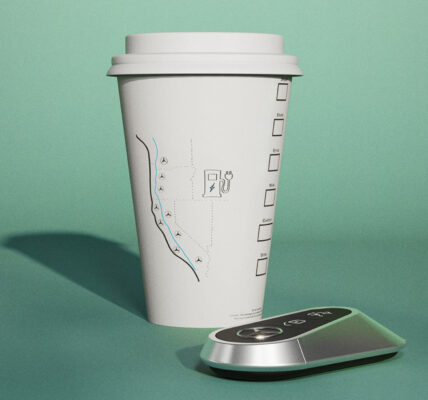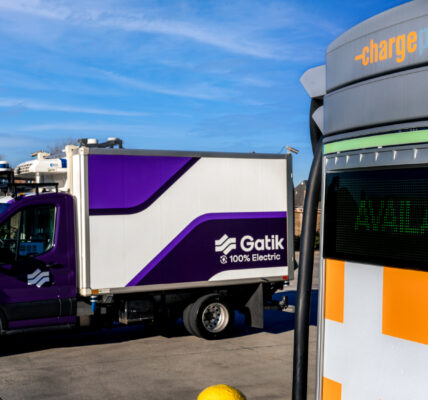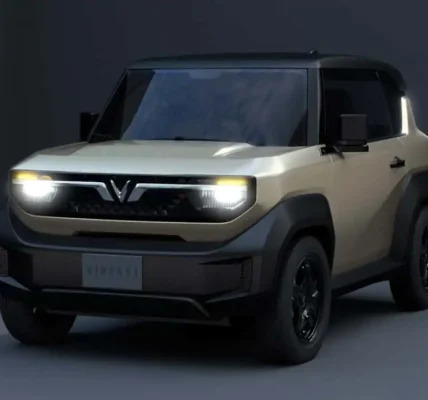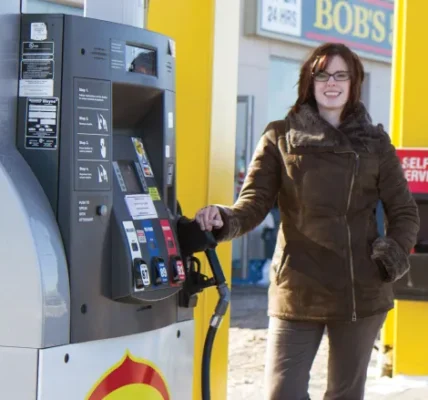The Solid-State EV Battery Of The FutureAs the name suggests, a solid-state EV battery deploys a solid material instead of the familiar liquid electrolyte used in conventional lithium-ion EV batteries.
Liquid electrolytes have done heroic work in the battle to replace gas and diesel fuel with battery-electric drive in the early 2000s, but new and improved technologies are starting to take shape, and solid-state technology is one of them.
Solid-state electrolytes solve a pesky problem that bedevils liquid electrolytes, namely, the formation of tiny branch-like growths called dendrites. Over time, dendrites interfere with battery capacity and charging times.
Lithium-ion batteries are constantly improving, and that includes engineering workarounds to solve the dendrite problem, too. Still, a solid-state EV battery can offer longer range, faster charging times, and lower costs (see lots more CleanTechnica coverage here).
As for why we don’t have a solid-state EV battery right now, that’s a good question. The invention of the first thin film solid-state battery is credited to Keiichi Kanehori, whose name appears in a 1985 patent filing under the umbrella of Hitachi.
There being no such thing as a free lunch, scaling up the technology for use in electric vehicles has been a tricky business. Fully solid electrolytes are typically made from specialized plastics or ceramics, including glass. Getting them to perform at temperatures under 60 degrees centigrade without breaking apart is among the many challenges.
A major breakthrough occurred in 2017, when a team based at the University of Texas Cockrell School of Engineering introduced their solid-state battery with an electrolyte based on glass. The teamwork combined UT Professor John Goodenough with senior research fellow Maria Helena Braga, who had previously worked on glass electrolytes at the University of Porto in Portugal.
Auto Makers In Hot Pursuit Of New Solid-State EV BatteryThe UT breakthrough sparked a ripple of excitement through the world of EV battery research, but it took a few more years for investors to catch on. Lately it’s been a free-for-all, as the big global auto manufacturers stumble over each other in the race to nail down a solid-state EV battery deal of their own.
Into this mix comes Factorial with a new solid-state EV battery called FEST® (Factorial Electrolyte System Technology). CleanTechnica took note of the company back in 2021, when the auto makers Daimler and Stellantis signaled they were interested in the technology.
Don’t get too excited just yet. Factorial describes its new EV battery as quasi-solid-state, which is not quite the same thing as a full solid-state EV battery. Still, it’s pretty close. Detroit News took a look at the technology last year and had this to say:“A liquid at the interface between the solid electrolyte through which ions move to charge and discharge the battery and electrodes — the anode and cathode, which are the positive and negative sides of a battery — helps to decrease the interfacial resistance. That means ions can travel through the battery without as much external pressure. This eases the manufacturing process.”Quasi or not, Factorial slipped out of stealth mode in 2021 with the launch of a 40 Amp-hour version of its FEST battery. “Battery platforms based on FEST yield 20-50% improvements in driving range without sacrificing pack longevity, and surpass prevailing EV battery performance standards, including those for energy density, cycle life, and safety,” the company enthused.
That was enough to convince investors, who dropped $200 million in a Series D round of funding on the company in January of 2022. Since then, the Factorial team has reached the all important 100+ Amp-hour mark and has delivered samples to their partners for testing.For the record, Daimler rebranded as Mercedes-Benz last year and it is still on board with Factorial along with Stellantis. Hyundai and Kia also signed on to the project in 2021.


